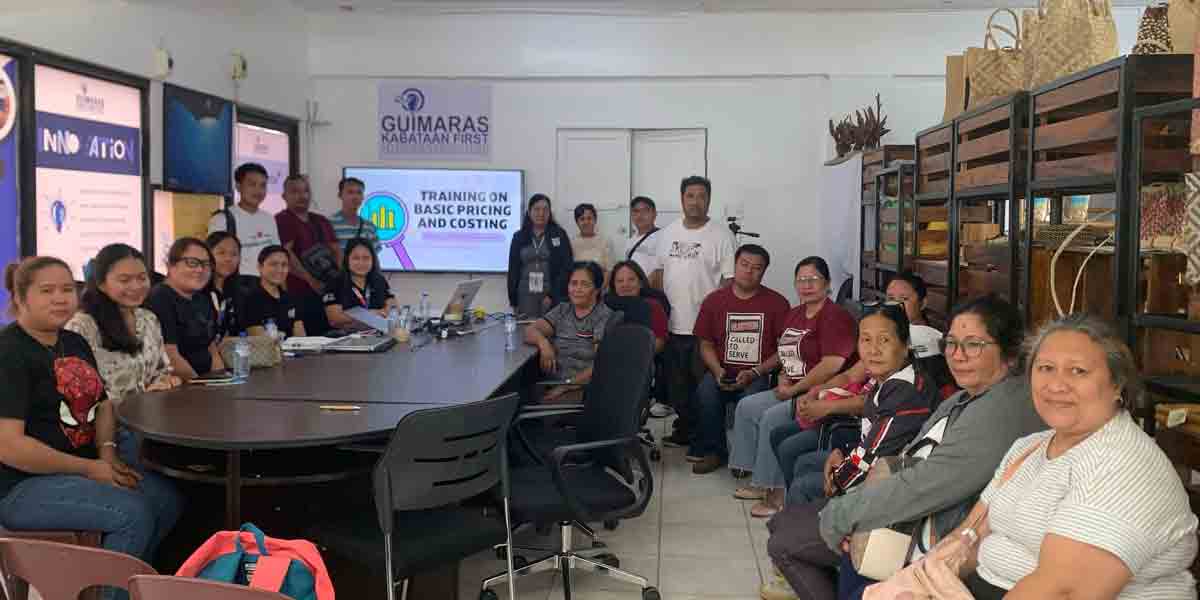By Artchil B. Fernandez
The dramatic and swift downfall of Negros Oriental Third District Rep Arnolfo “Arnie” Teves Jr. is remarkable considering his clan’s nearly four-decade iron-vise grip of his constituency. Last year, Teves as Deputy Speaker was one of the most powerful members of the House. Today he is a fugitive, a designated terrorist, and the first member to be expelled by Congress.
To make sense of this mess, it is instructive to utilize Edward Gibson’s work on democratization, territorial politics, and boundary control. Gibson (2005) notes most studies on democratization process are “driven by a whole-nation bias that sees democratization from the perspective of national institutions, actors, and movements” and focused on “struggles between social classes, partisan forces, social movements, and economic interests.” Thus, they have neglected or ignored territorial politics. This lapse led scholars to overlook the existence of a glaring anomaly in democratic countries.
One obvious abnormality in countries that have undergone democratization after authoritarian rule is “the existence of a democratic national government alongside a provincial authoritarian government within the nation-state” and it “creates a situation of regime juxtaposition” (Gibson 2005). This irregularity according to Gibson (2005) produced an awkward situation where “two levels of government with jurisdiction over the same territory operate under different regimes, understood as the set of norms, rules, and practices that govern the selection and behavior of state leaders.”
In the case of the Philippines, the overthrow of the Marcos dictatorship in 1986 led to the establishment of a national democratic country. However, at the local level there exist authoritarian enclaves controlled by warlords and clans. These clans and warlords retain control of their territories and maintain themselves in power through election using guns, goons and gold.
The relationship between the national democratic center and the subnational authoritarianism in the periphery is complex. In a glance, they appear to be incompatible but close scrutiny of the dynamic relationship between them reveal both feed on each other and on many occasions are complementary. The periphery meets important strategic needs of the center like delivering bloc votes during national elections while the center provides the periphery with crucial patronage.
Warlords have a free hand in their territory and the center usually acts blind to their excesses and abuses in the periphery. The relationship between Gloria Macapagal-Arroyo (GMA) and the Ampatuan clan best illustrates this center-periphery dynamics.
Politics in the periphery however is highly contentious and the ruling clan must constantly fend-off challenges from rival clans/dynasties. Here territorial politics which is “how politics is organized and fought out across territory” (Gibson 2005) plays out. Gibson (2005) contends that ruling clan/dynasty/warlord exercise boundary control – “a peripheral defensive strategy against cultural encroachments from the center” to contain the rivalry within the territory. This is done to avoid or prevent the center from intervening in the periphery. Such intervention could be disastrous to the local authoritarian regime and can seal its doom. An event or incident in the periphery can force the center to interfere which can scuttle and rupture the center-periphery alliance.
The best example is the Maguindanao/Ampatuan Massacre in 2009 where 59 people were gruesomely murdered. Members of the rival Mangudadatu clan, journalists and innocent bystanders were mercilessly slaughtered. The killings were so horrific that it shocked the nation and the international community. It forced GMA to abandon the Ampatuan clan and the center brought its might on the periphery. That was the end of the rule of the Ampatuan clan in Maguindanao and the rise of the Mangudadatus.
It appears Arnie Teves and his clan failed to learn anything from the Ampatuans. The Teves clan ruled the third district of Negros Oriental since 1987. The clan is expanding their territory by attempting to capture the Provincial Capitol. One person stands in their way, Roel Degamo.
Territorial politics is in full display in the Degamo-Teves rivalry for political supremacy in Negros Oriental. The Teves clan failed to exercise “boundary control” with the assassination of Governor Degamo who defeated a Teves in the governorship leading to “boundary opening.” The opening invited the center to enter the periphery. The rivalry in the periphery becomes a national concern, driving the center to take action.
The center represented by the Anti-Terrorism Council (ATC) and the Department of Justice (DoJ) is using the full might of the state to crush the provincial authoritarian regime of the Teves clan. Had the Teves clan contained their rivalry with Degamu at local level, Arnie Teves would still be a powerful member of Congress. Failing to heed the lessons from the Ampatuans, Teves pressed the center to encroach in the periphery.
But the greater significance of the Teves-ATC/DoJ entanglement is it exposed a blatant anomaly in the current democratic setting in the country. Philippines claims to be a democracy yet authoritarian enclaves dot the national landscape.
Way into the 21st century, subnational authoritarianism in the Philippines is getting more entrenched instead of waning. Political dynasties that are the bearers of subnational authoritarianism are stronger than ever and dislodging them from the political scene is seemingly an impossibility under the current political climate.
This brings into question the kind democracy the country has. Is it really a democracy where the majority rule or a kind of managed democracy, a democracy in form but not in substance? One wonders, “Is Philippines truly democratic?”
















